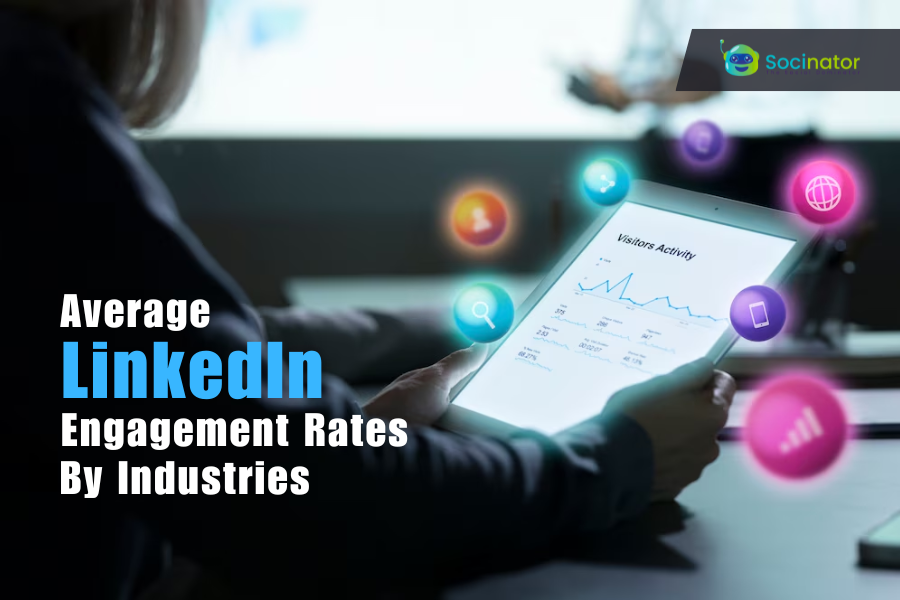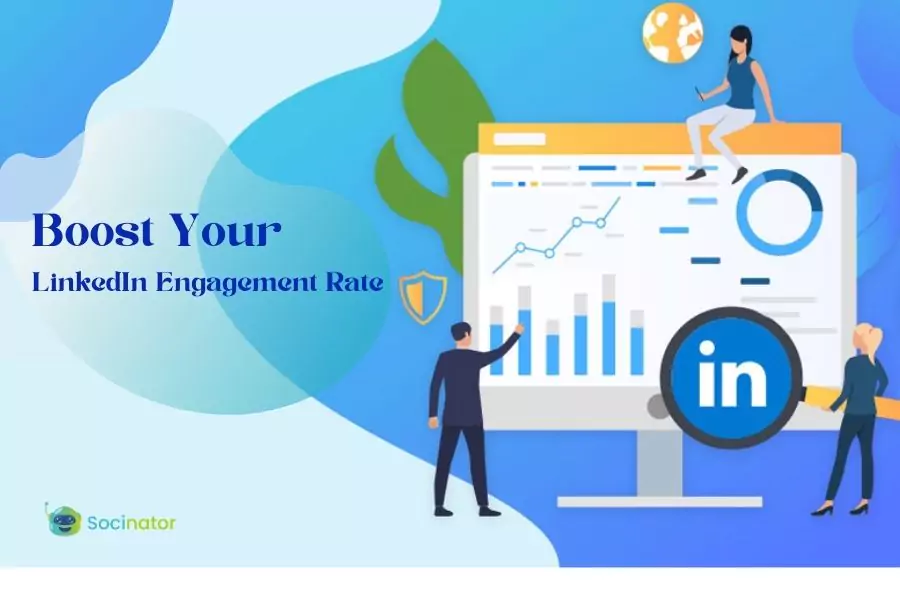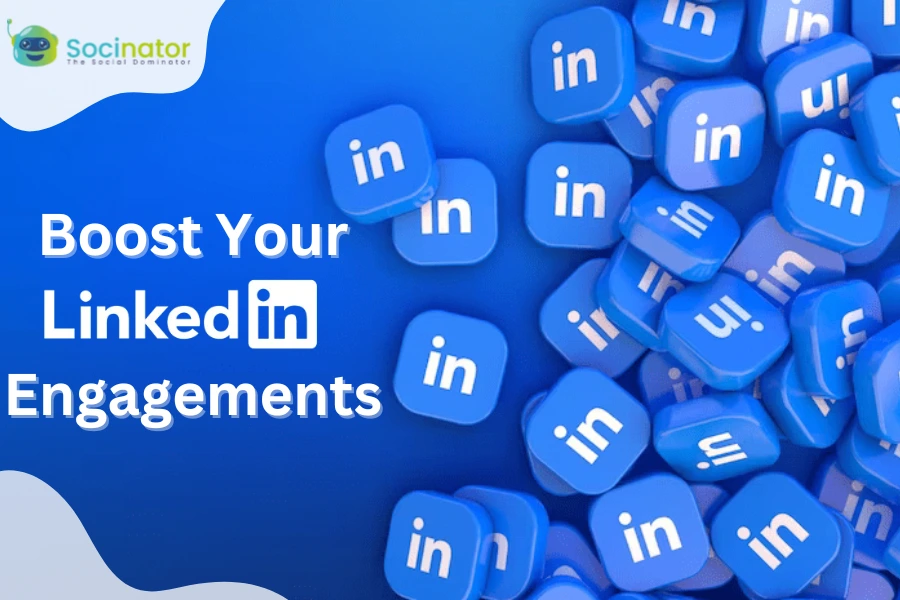If you’ve ever wondered whether your LinkedIn engagement rates are above or below average, you’re not alone. Understanding how your performance compares to other brands or industries is crucial to developing a successful social media strategy. After all, hitting a 2% engagement rate on LinkedIn can feel great, but is it enough? Are your posts resonating with your audience, or could you be missing out on bigger opportunities?
In this blog, we’ll dive deep into the average LinkedIn engagement rate for different industries, offering a clearer picture of what constitutes good engagement in 2025. From technology to healthcare, we will break down the numbers, explain how is engagement rate calculated on LinkedIn, and give you actionable insights to improve your performance on LinkedIn.
In a hurry? Listen to the blog instead!
What Does LinkedIn Engagement Rate Actually Tell You?
 Think of LinkedIn engagement rate as a health check for your content strategy. It shows how effectively your posts connect with your audience through reactions, comments, shares, and clicks. The more engagement your posts receive, the more they surface in other users’ feeds, boosting your brand’s visibility and organic reach.
Think of LinkedIn engagement rate as a health check for your content strategy. It shows how effectively your posts connect with your audience through reactions, comments, shares, and clicks. The more engagement your posts receive, the more they surface in other users’ feeds, boosting your brand’s visibility and organic reach.
For marketers, this metric isn’t just about popularity; it’s about impact. High engagement signals that your message is striking a chord with your target audience, which can lead to stronger relationships, industry recognition, and even qualified leads. It’s a crucial piece of the puzzle when assessing how well your LinkedIn presence supports your broader business goals.
What Is The Average Engagement Rate On LinkedIn?
Now that we know why engagement rate matters, let’s explore what qualifies as average and what’s considered impressive.
In 2025, the average LinkedIn engagement rate by impressions is 5.00%, reflecting a 30% increase from the previous year. This steady growth shows that audiences are more active and responsive on the platform than ever before.
Content format plays a big role here. When comparing different types of content, multi-image posts outperform other formats, boasting an impressive 6.60% engagement rate. Native documents follow closely with 5.85%, while videos garner an average engagement rate of 5.60% per post. These numbers provide valuable insights into what types of content drive higher engagement and help guide your LinkedIn strategy for 2025.
However, it’s important to note that engagement rates can still vary significantly by industry, so always consider benchmarking against similar brands.
Want to boost visibility and connect better with your audience?
Socinator helps you plan, post, and analyze your content more effectively, so you spend less time managing posts and more time creating real impact.
How To Calculate LinkedIn Engagement Rate?
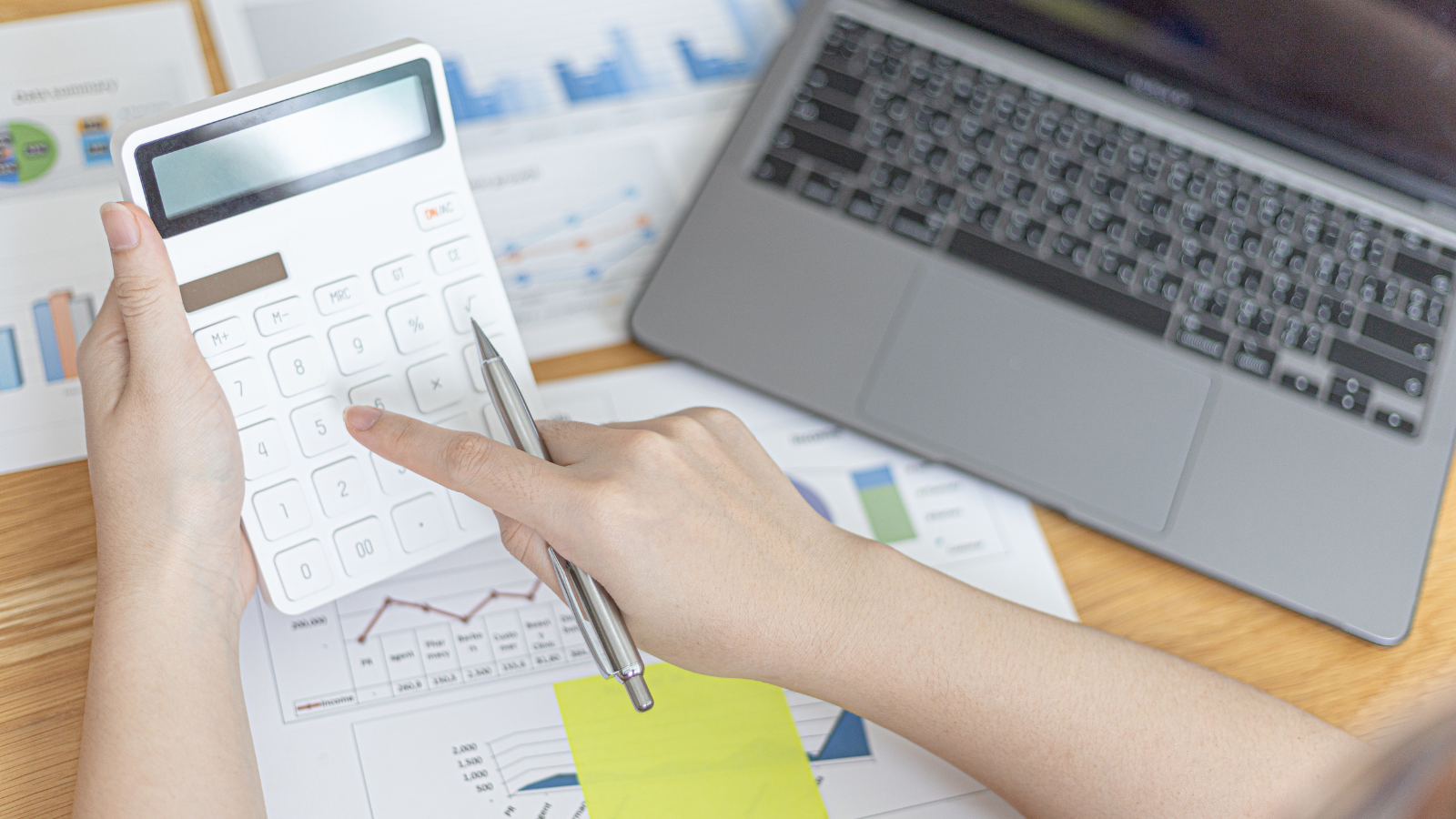 Understanding your LinkedIn engagement rate starts with a simple formula and a few key metrics. To calculate it, you’ll need:
Understanding your LinkedIn engagement rate starts with a simple formula and a few key metrics. To calculate it, you’ll need:
- Total post impressions
- Number of likes (reactions)
- Comments
- Shares
The formula goes like this:
Engagement Rate (in percentage) = (Total Engagement / Total Impressions) × 100
Total engagement is the sum of likes, comments, and shares your post receives.
Let’s break it down with a quick example.
Say your latest LinkedIn post earned 520 reactions, 310 comments, and 45 shares, with a total of 6,500 impressions.
That’s a total engagement of:
520 + 310 + 45 = 875
Now plug it into the formula:
(875 / 6,500) × 100 = 13.46%
That’s a solid engagement rate!
Of course, calculating this manually for every post can be time-consuming. That’s where Socinator comes in. With Socinator’s analytics tools, you can monitor your social media posts’ engagement trends, track individual posts’ performance, and take data-backed steps to boost your average engagement rate on LinkedIn. It’s an all-in-one solution that simplifies calculating social media engagement rate and optimizing your strategy efficiently.
Once you’ve calculated your rate, the next step is understanding how it compares. So, what is the average LinkedIn engagement rate in 2025? Let’s explore industry-specific benchmarks and see where you stand.
Average LinkedIn Engagement Rates By Industry
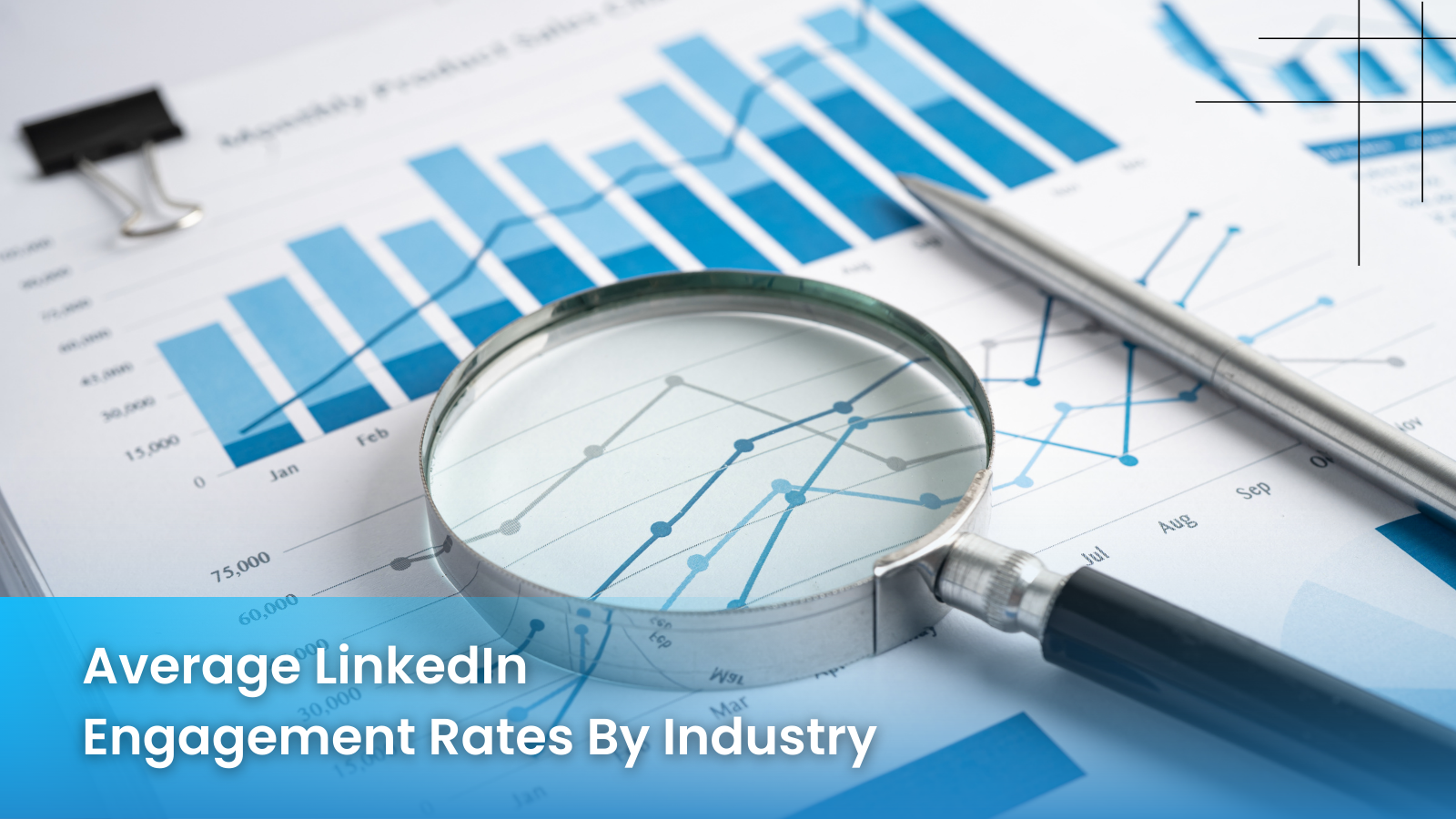 Below, we’ve rounded up the latest LinkedIn average engagement rate data for 2025, broken down by industry. These numbers are based on performance across various sectors, giving you a comprehensive view of where your engagement rate stands. Keep in mind that these figures are average engagement rates LinkedIn across all major industries, and your own performance may vary depending on several factors.
Below, we’ve rounded up the latest LinkedIn average engagement rate data for 2025, broken down by industry. These numbers are based on performance across various sectors, giving you a comprehensive view of where your engagement rate stands. Keep in mind that these figures are average engagement rates LinkedIn across all major industries, and your own performance may vary depending on several factors.
Technology:
Average LinkedIn engagement rate: 2.4%
Technology companies tend to perform well on LinkedIn, thanks to their innovative content and ability to engage with a highly active professional audience. Whether it’s product updates, industry news, or thought leadership, tech content tends to resonate well.
Healthcare, Pharma, and Biotech:
Average LinkedIn engagement rate: 2.8%
Healthcare companies are increasingly using LinkedIn for educational and community-driven content. This sector often has higher-than-average engagement because of its strong focus on public health issues and new medical advancements.
Financial Services:
Average LinkedIn engagement rate: 2.3%
The financial services sector benefits from LinkedIn’s professional network, especially when sharing industry insights and investment advice. Companies in this field can build trust through informative posts, which lead to higher engagement.
Education:
Average LinkedIn engagement rate: 1.8%
Educational institutions often share valuable knowledge, announcements, and success stories, which tend to generate decent engagement. Alumni networks and students actively participate, helping elevate overall engagement rates.
Media and Entertainment:
Average LinkedIn engagement rate: 1.6% approx.
While not as high as other sectors, media, and entertainment can still see a strong LinkedIn engagement rate when content is relevant, such as behind-the-scenes clips, event promotions, and exclusive sneak peeks.
Government:
Average LinkedIn engagement rate: 3.6%
Government organizations enjoy a high engagement rate due to their informative, policy-driven posts and campaigns that aim to inform the public or stimulate discussions.
Real Estate, Legal, and Other Professional Services:
Average LinkedIn engagement rate: 2.6%
This category includes industries where trust and authority are crucial. Legal experts and real estate professionals often share case studies, success stories, and tips, generating high engagement from followers seeking advice.
Nonprofit:
Average LinkedIn engagement rate: 1.7%
Nonprofit organizations excel with LinkedIn engagement, particularly with cause-based content and fundraising efforts. People like to support a good cause, and sharing impactful stories increases engagement.
Retail and Consumer Goods:
Average LinkedIn engagement rate: 1.2% approx.
Retailers on LinkedIn tend to have lower engagement rates due to the platform’s professional nature. However, sharing unique product features, case studies, or customer success stories can boost interaction.
Utilities and Energy:
Average engagement rate LinkedIn: 2.4%
Technology, utilities, and energy companies often see strong engagement when they share educational and informative content. These posts spark conversations around sustainability and innovation, keeping their audience interested and involved.
What Drives High LinkedIn Engagement Rates?
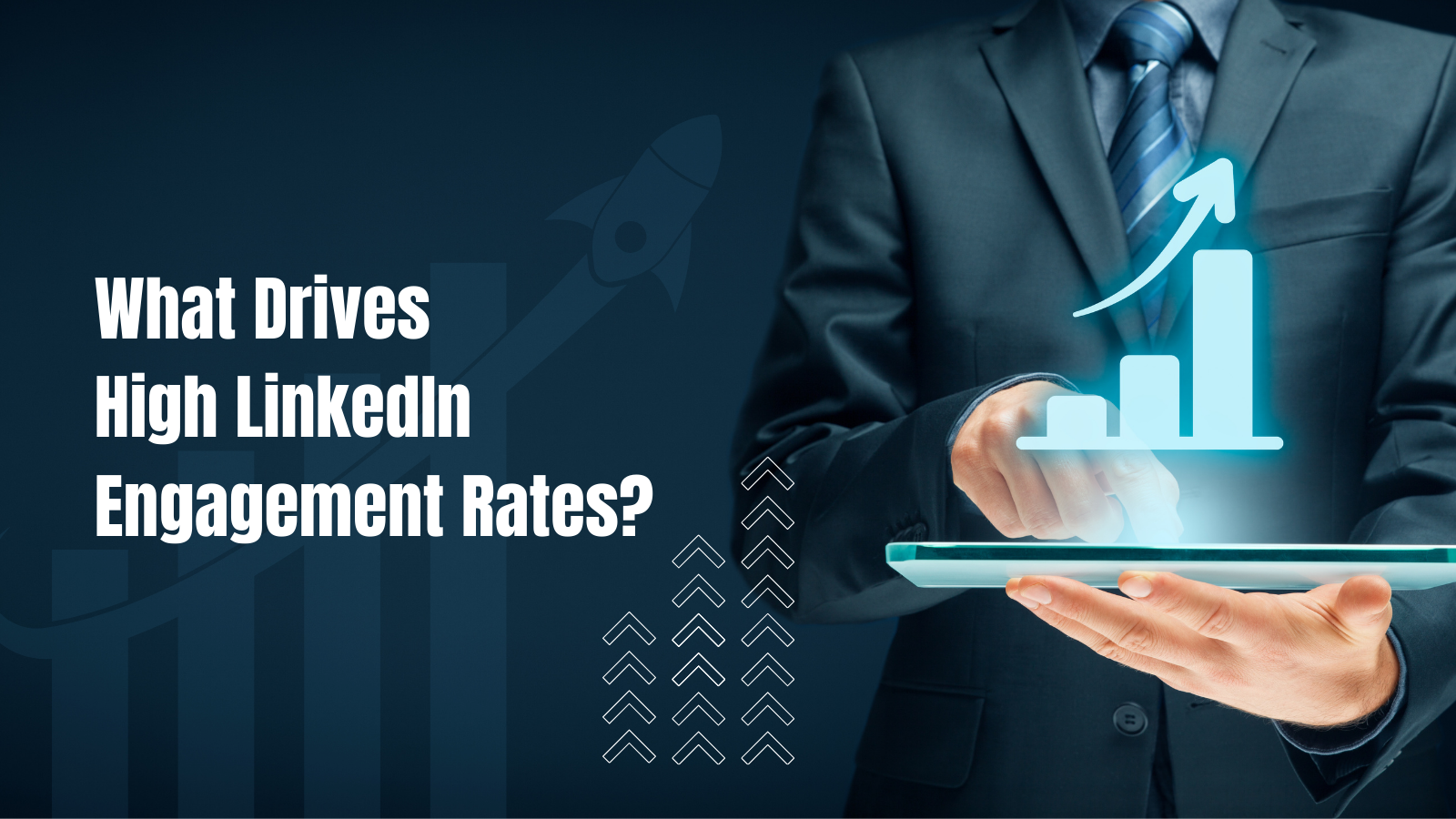 Now that we’ve established the average LinkedIn engagement rate across industries, it’s time to delve into what contributes to high engagement rates. After all, knowing the numbers is one thing, but understanding how to improve your engagement is where the real power lies.
Now that we’ve established the average LinkedIn engagement rate across industries, it’s time to delve into what contributes to high engagement rates. After all, knowing the numbers is one thing, but understanding how to improve your engagement is where the real power lies.
Here are some factors that influence LinkedIn engagement rates:
Content Type:
Informational, entertaining, or educational content usually does well. For instance, thought leadership articles, industry insights, and engaging visuals (like infographics or videos) often see higher interaction.
Post Frequency:
Overposting may fatigue your audience, while infrequent updates can make your brand seem inactive. Consistency is key. You can aim for 3 to 4 posts per week to maintain an engaged audience.
Tools like Socinator can help you schedule and manage posts with ease, ensuring consistent activity without manual effort.
Audience Relevance:
Your audience’s interests directly impact your average LinkedIn engagement rates. Make sure your posts resonate with their challenges, needs, or interests. LinkedIn allows for a professional audience, but that doesn’t mean the content has to be dry; it should still spark interest and conversations.
Hashtags and Keywords:
Incorporating the right hashtags and keywords helps your posts appear in more LinkedIn feeds. Properly optimizing your posts for LinkedIn’s search algorithm can help expand your reach and increase engagement.
Interactive Features:
Polls, questions, and calls to action (CTAs) can be excellent tools for driving engagement. LinkedIn users tend to respond well to interactive content, which can boost likes, comments, and shares.
Use Socinator To Simplify And Scale Your LinkedIn Strategy
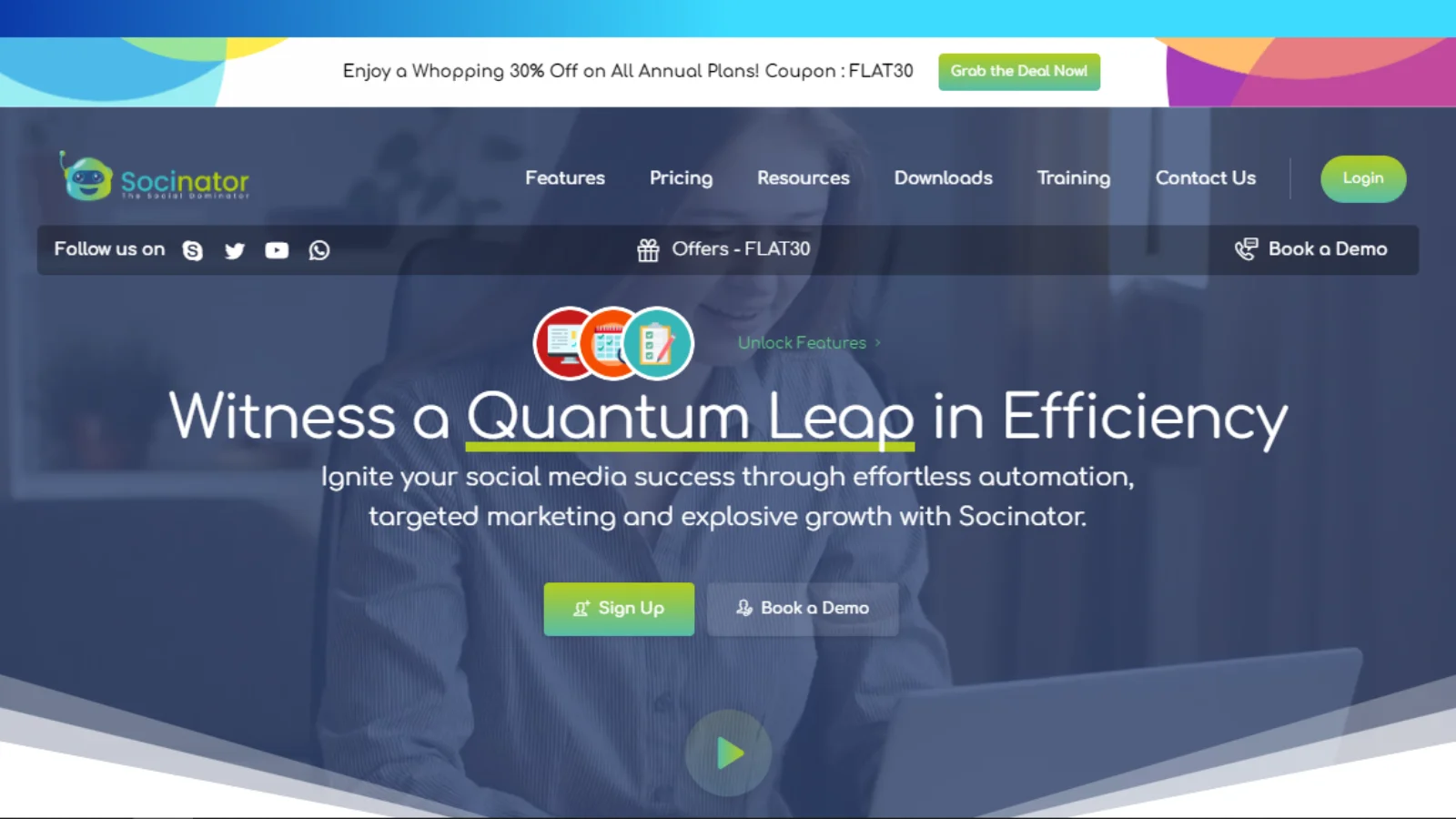 Now that you know what drives engagement, it’s time to put that knowledge into action, and that’s where Socinator comes in.
Now that you know what drives engagement, it’s time to put that knowledge into action, and that’s where Socinator comes in.
Socinator is a powerful social media automation and analytics platform built to help you scale your LinkedIn presence without spending hours on manual tasks. Whether you’re a solo creator, part of a growing team, or managing multiple client accounts, Socinator lets you stay consistent, efficient, and strategic.
Here’s what you can do with Socinator:
- Schedule and automate posts at optimal times to maximize visibility.
- Auto-reply to post comments to keep the conversation going even when you’re away.
- Auto-like relevant posts to boost engagement and stay visible in your network.
- Auto-post content in your LinkedIn groups to expand reach and maintain activity.
- Track engagement metrics in real time for your posts.
- Export detailed activity reports to measure performance over time.
- Auto-accept/send connection requests and build your network on autopilot.
- Automatically remove inactive or irrelevant connections.
- Analyze content performance to see what resonates with your audience.
By combining automation with data-driven insights, Socinator empowers you to focus on strategy and creativity while maintaining regular engagement with your audience and followers.
Ready to take the guesswork out of LinkedIn marketing?
Explore how Socinator can help you grow smarter, faster, and more efficiently.
How To Improve Your LinkedIn Engagement Rate
If your LinkedIn engagement rate isn’t where you want it to be, don’t worry. There are plenty of strategies you can implement to boost your performance.
Here are a few tips for increasing your engagement:
- Post Relevant Content:
Share content that resonates with your audience. Look at trending topics in your industry and create posts around those subjects. Thought leadership and educational content frequently attract a lot of interaction. - Leverage LinkedIn Features:
Make the most of LinkedIn’s native features, like LinkedIn Stories, Pulse articles, and LinkedIn Live. These tools are favored by the platform’s algorithm, which can increase visibility and engagement. - Optimize Post Timing:
Timing matters on LinkedIn. Posting during peak hours (typically early mornings or late afternoons on weekdays) can help you reach a broader audience. - Engage with Your Followers:
Engagement is a two-way street. Engage with your followers’ content, reply to their comments, and ask questions. The more you interact, the more likely others are to interact with your posts. - Experiment with Visual Content:
Posts that include images or videos typically outperform updates that only contain text. Try adding videos, carousel posts, or high-quality images to make your posts more visually appealing.
By consistently applying these strategies, you’ll be well on your way to boosting your LinkedIn engagement rates and building a more impactful presence on the platform.
Explore Related Reads:
Boost Your LinkedIn Engagement Rate: A Complete Guide
Leverage Engagement Rate To Strengthen Your LinkedIn Strategy
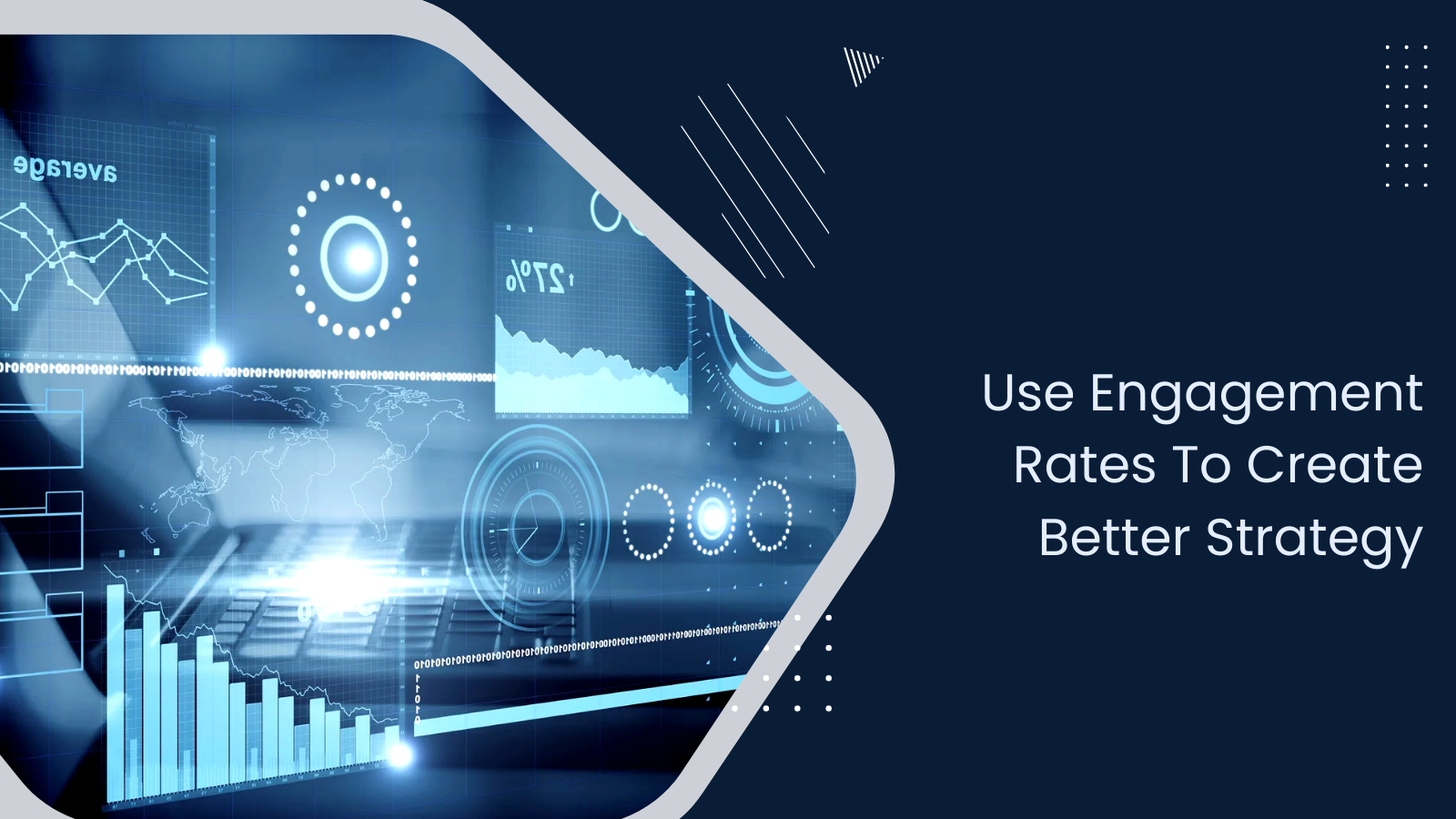 Understanding engagement metrics is only the first step, the real value comes when you start applying them to shape your content strategy.
Understanding engagement metrics is only the first step, the real value comes when you start applying them to shape your content strategy.
Here’s how to make LinkedIn engagement insights work for you:
- Set clear objectives: Are you trying to generate leads, build brand authority, or attract new talent? Your goals should define what type of engagement matters most.
- Choose metrics that align with intent: Not all interactions mean the same thing. Clicks might matter more than likes for lead-gen posts. For brand-building, comments and shares are key indicators.
- Look at long-term trends: Don’t panic over a few low-performing posts. What matters is whether your average engagement is trending up over time.
- Double down on your best content: If certain formats — like native documents or multi-image posts — are consistently driving better engagement, consider making them a regular part of your mix.
- Engage back: When people comment on your posts, respond thoughtfully. It signals that you’re present and adds more life to the thread.
- Test and adapt: Vary your posting times, visuals, and formats. LinkedIn’s algorithm responds well to variety, and testing helps uncover what your specific audience wants more of.
And here’s where engagement rate connects to strategy on a broader level. Once you understand your average and track how each post performs against it, you’re in a better position to set realistic benchmarks and make data-backed decisions.
Conclusion
Understanding the average LinkedIn engagement rate for your industry is essential to gauge the success of your social media strategy. Whether you’re aiming to increase brand awareness, generate leads, or build a community, knowing what constitutes a good LinkedIn engagement rate can help you assess your efforts and fine-tune your strategy.
By keeping an eye on industry-specific trends, adjusting your content and posting frequency, and leveraging LinkedIn’s interactive features, you can drive more meaningful engagement and grow your presence on the platform.
LinkedIn marketing software like Socinator can also help streamline this process by automating key tasks and providing actionable insights to support smarter decision-making.
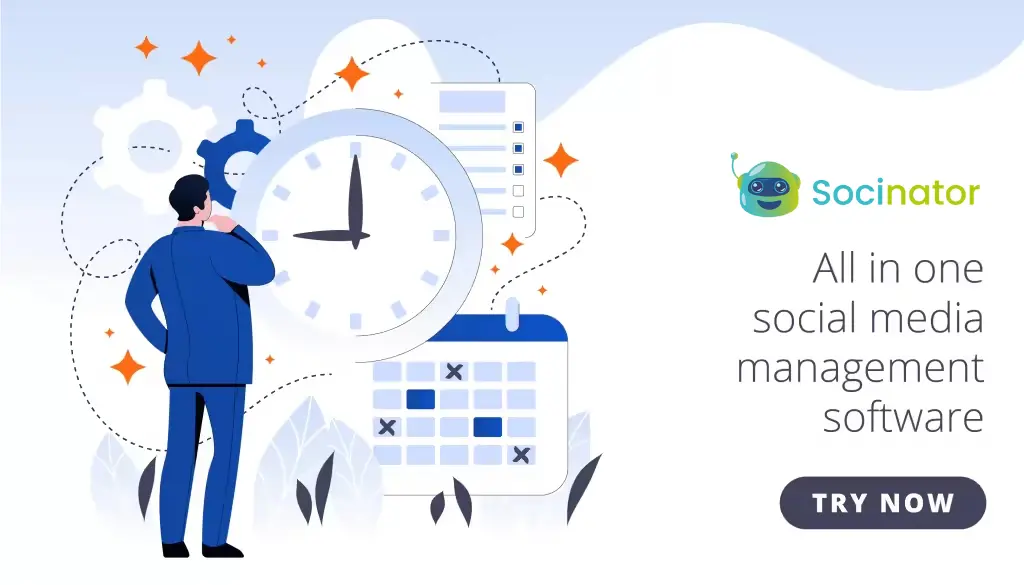 FAQs: Average LinkedIn Engagement Rate In 2025
FAQs: Average LinkedIn Engagement Rate In 2025
What is a good LinkedIn engagement rate in 2025?
A good LinkedIn engagement rate in 2025 is around 5%, though it varies by industry. Rates above 6% are considered excellent.
How does LinkedIn calculate engagement rate?
After dividing the total engagements (likes, comments, shares, and clicks) by the total impressions, LinkedIn multiplies the result by 100 to determine the engagement rate.
What industries have the highest LinkedIn engagement rate?
Government, healthcare, and biotech industries currently see the highest average LinkedIn engagement rates, averaging between 2.8% and 3.6%.
Does the type of content affect the engagement rate?
Yes. Multi-image posts, native documents, and videos tend to drive higher engagement than text-only content.
How often should I post on LinkedIn?
Aim for 3–4 times a week for optimal engagement without overwhelming your audience.
Can automation tools help improve engagement?
Yes. Tools like Socinator help schedule posts, track performance, and engage with followers efficiently.
Why is my LinkedIn engagement rate low?
It could be due to irrelevant content, poor timing, inconsistent posting, or lack of interaction with your audience.
What are LinkedIn engagement rate benchmarks?
Benchmarks are average LinkedIn engagement rates per industry. They help you compare your performance with others in your niche.

